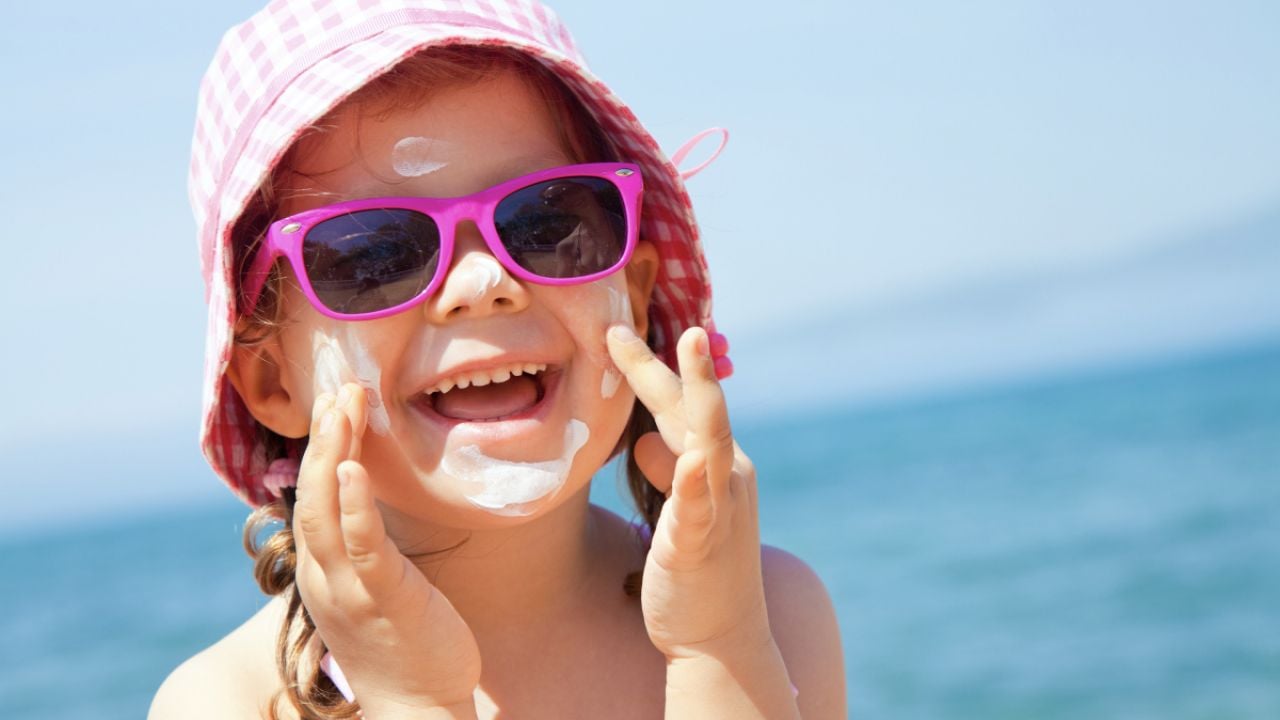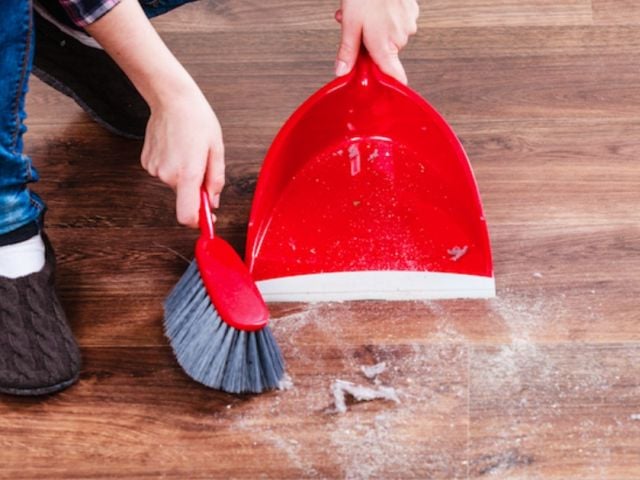
Sun safety is a crucial part of any outdoor activity for kids, and sunscreen can help protect children’s skin from harmful ultraviolet rays. Kids often get sunburned when they’re outside unprotected for longer than expected. Parents need to plan ahead and keep sun protection handy in their cars or bags.
Just a few serious sunburns can increase a kid’s risk of skin cancer later in life. They don’t need to be at the pool, beach or lake to get too much sun. Their skin needs protection from the sun’s harmful rays whenever UV peaks.
A baby’s best defense against sunburn is to avoid the sun or stay in the shade. For babies younger than 6 months old, physical barriers are best – clothing, hats, pop-up tents and umbrellas.
For children older than 6 months, an effective sunscreen, applied liberally and frequently, is an important part of a parent’s sun safety toolkit.
By and large, the sunscreens that perform well in EWG's 2017 Guide to Sunscreens are mineral-based products with zinc oxide and/or titanium dioxide as the active ingredients. These products protect against both UVA and UVB rays, but watch out for products that have low percentages of these active ingredients, as they may contain other ingredients that boost the SPF on the label without actually protecting from other skin damages.
Parents need to be mindful that certain ingredients in sunscreen could pose safety concerns, including retinyl palmitate, a form of vitamin A that is linked to sun sensitivity, and oxybenzone, a hormone disrupter.
Steer clear of sunscreen products with an SPF over 50. Use sunscreen with at least SPF 15 and broad spectrum protection when your child goes outside. For the best protection, apply sunscreen generously 15 minutes before going outdoors and reapply at least every two hours. You should reapply sunscreen after sweating, getting wet or towel drying. Don’t forget to protect ears, noses, lips and the tops of feet.
Last but not least, avoid aerosol sprays. They provide inadequate skin coverage because they don’t provide a thick and uniform coating on the skin. And kids can inhale spray products.
Choosing the right sunscreen from the hundreds of products lining store shelves can be daunting. EWG researchers came up with a list of 14 worst-scoring sunscreens for kids to avoid:
- Banana Boat Kids Continuous Spray Sunscreen, SPF 100
- Banana Boat Kids Sunscreen Lotion, SPF 100
- Coppertone Foaming Lotion Sunscreen Kids Wacky Foam, SPF 70
- Coppertone Sunscreen Continuous Spray Kids, SPF 70
- Coppertone Sunscreen Lotion Kids, SPF 70
- Coppertone Sunscreen Lotion Water Babies, SPF 70+
- Coppertone Sunscreen Stick Kids, SPF 55
- Coppertone Sunscreen Stick Water Babies, SPF 55
- Coppertone Sunscreen Water Babies Foaming Lotion, SPF 70
- CVS Health Children’s Sunstick Sunscreen, SPF 55
- Equate Baby Sunscreen Lotion, SPF 70
- Neutrogena Pure & Free Baby Sunscreen, SPF 60+
- Neutrogena Wet Skin Kids Sunscreen Spray, SPF 70+
- Up & Up Kids Sunscreen Sticks, SPF 55
You also can check out the ratings for almost 1,500 sunscreens, moisturizers and lip balms with SPF in the EWG 2017 Guide to Sunscreens.
For more information about how to stay safe in the sun, visit EWG’s Sun Safety Campaign.
And don’t miss our sunscreen label decoder.



